Sargon 4
Buy
Part of collection:
Sargon
(last 3 games)
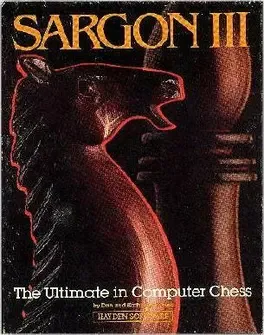
Third in a series of chess games.

Origin The original SARGON was written by Dan and Kathleen 'Kathe' Spracklen in a Z80-based computer called Wavemate Jupiter III[1] using assembly language through TDL Macro Assembler. The name was originally written entirely in capitals because early computer operating systems such as CP/M did not support lower-case file names. Introduction SARGON was introduced at the 1978 West Coast Computer Faire where it won the first computer chess tournament held strictly for microcomputers, with a score of 5-0.[2][3] This success encouraged the authors to seek financial income by selling the program directly to customers. Since magnetic media were not widely available at the time, the authors placed an advert in Byte Magazine and mailed $15 photocopied listings that would work in any Z80-based microcomputer.[1] Availability of the source code allowed porting to other machines. For example, the March–April 1979 issue of Recreational Computing describes a project that converted Sargon to an 8080 program by using macros. Later the Spracklens were contacted by Hayden Books and a book was published.[4] Commercialization through electronic media When magnetic media publishing became widely available, a Navy Petty Officer, Paul Lohnes, ported Sargon to the TRS-80, altering both graphics, input, and housekeeping routines leaving the Spracklen's chess-playing algorithm intact. Paul consulted with the Spracklens, both living in San Diego at the time, to make the TRS-80 version an instant success with the help of Hayden Book's newly established software division: Hayden Software. Paul was not involved in further refinements to the TRS-80 version due to his reassignment to sea duty shortly after signing the deal with Hayden Software. In the early 1980s SARGON CHESS was ported to several earlier microcomputers, i.e. NASCOM (by Bits & PCs, 1981), Exidy Sorcerer, Sharp MZ 80K,[5] and many others. A complete rewrite was necessary later for the Apple II port, made by Kathleen's brother Gary Shannon. Both were published by Hayden Software. Sequels The Spracklens made significant improvements on the original program[1] and released Sargon II. In 1978 it tied for third at the ninth North American Computer Chess Championship despite being seeded ninth of 12 entries. Sargon finished only behind Belle and Chess 4.7, and defeated AWIT—running on a $5 million Amdahl mainframe—amazing the audience.[6][3][1] That year they published a series of articles in BYTE on computer chess programming,[2][7] stating "we think it would be nice if not everyone had to reinvent the wheel".[6] Sargon II was ported to a variety of personal computers popular in the early 1980s.[8] The game engine featured multiple levels of lookahead to make it more accessible to beginning chess players. BYTE in 1980 estimated that Sargon II had a 1500 rating at the highest tournament-time difficulty level, and speculated that it was the best chess program on sale, including dedicated devices.[9] Sargon 2.5, sold as a ROM module for the Chafitz Modular Game System, was identical to Sargon II but incorporated pondering.[10] It received a 1641 rating at the Paul Masson tournament in June–July 1979, and 1736 at the San Jose City College Open in January 1980.[3] Sargon 3.0 finished in seventh place at the October 1979 North American Computer Chess Championship. The competition had improved, but 3.0 drew against Cray Blitz and easily defeated Mychess, its main microcomputer rival. In December 3.0 easily won the second microcomputer championship in London.[3] In 1980, the Spracklens' Reversi game finished in first place at a computer tournament at Northwestern University, and in 1981 it finished in third place at the Santa Cruz Open Othello Tournament.[11] Sargon III was a complete rewrite from scratch. Instead of an exchange evaluator, this version used a capture search algorithm. Also included was a chess opening repertoire. This third version was written originally for the 6502 assembler and was commercially published by Hayden Software in 1983. Apple contacted the Spracklens and, after a port for 68000 assembly, Sargon III was the first third-party executable software for the Macintosh.[1] After the demise of Hayden Software, later chess programs were also released under the name Sargon, including Sargon IV (Spinnaker Software), Sargon V (Activision) and a CD-i title simply named Sargon Chess. The Spracklens concurrently wrote the engines for the dedicated chess computers produced by Fidelity Electronics, which won the first four World Microcomputer Chess Championships.
Could be interesting
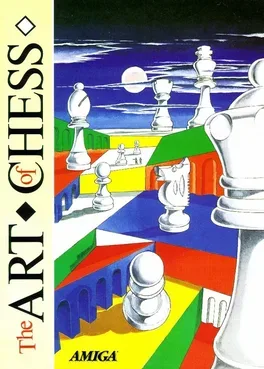
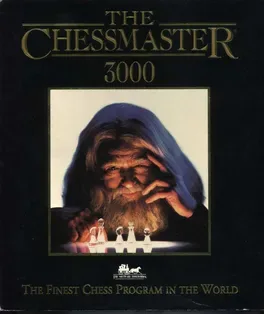
Chessmaster 3000 provides a strong chess opponent with 168 openings and different types of playfields (2D, 3D, and War Room). The game can suggest moves and determine the player's rating. It also contains 151 replications of classic real-world matches, and a Mentor feature which can act as a personal chess tutor through a variety of practical techniques.

The old Empire is crumbling. Younger hungrier realms wait like vultures for their chance to pick at the carcass. Thus begins the grand campaign of Sovereignty. Rule your realm wisely and decisively. Play as the Boruvian Empire and try to recapture former Imperial glories. Or play any of 34 other realms, each with their own rich history, culture and play-style.
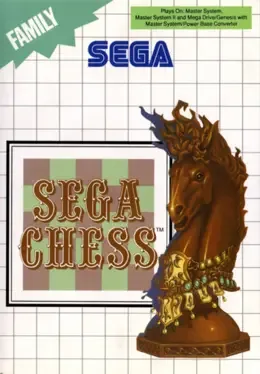
Patience, cunning and a desire to be the best - the keys to becoming a master of chess. Sega Chess gives even the most seasoned player the game of a lifetime!
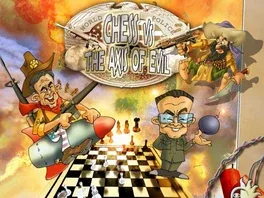
Chess Vs The Axis Of Evil is a chess game where the figures are swapped with parodies on real or fictional persons, e.g. George W. Bush, Osama bin Laden or Dr. Evil from the Austin Powers movies. Every time the player or the AI makes a move the character walks over the chess move and, if it beats another figure, shows a little fight animation. For better overview the moves itself are ordered on a classical top-down chess-board which is displayed on the lower right corner. The game features six chess boards, e.g. Saddam Hussein's palace.
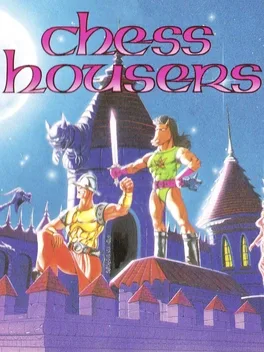
Chess Housers is a puzzle game from Spain. The player guides a disembodied glove with the ARROW keys through an isometric maze with a chess board on the ground and many chess pieces placed. The glove has to push (ARROW keys + space bar) these pieces to clear its way to the exit. The pieces move in the same pattern they have in chess: pawns move forward, knights have an "L" shaped movement, etc. The gauntlet can be killed if it is in your way. The chess pieces are arranged in small rooms as a series of puzzles to be solved.
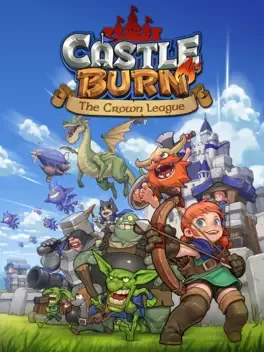
Lead the armies to victory in a fantasy RTS game.
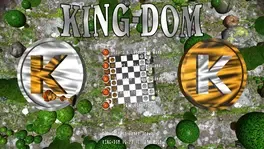
A two-player online (via Steam) enhanced Chess, in an edgeless landscape called "Kingland", with upgrades.
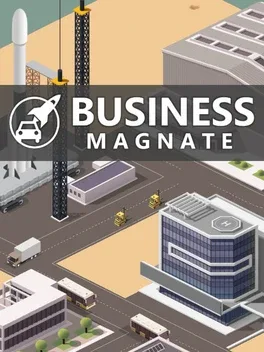
Business Magnate is a tycoon business simulation game where you can create all types of businesses: Cars, rockets, phones, tanks, trucks, airplanes, computers, ships and more. Design, produce, market and sell them. You can even run multiple companies at the same time. What can you do in the game - Company types: Cars, rockets, phones, tanks, trucks, airplanes, computers, ships - Build offices, warehouses, production facilities - Design products - Research new components and product types - Produce products and components - Run marketing campaigns - Manage employees